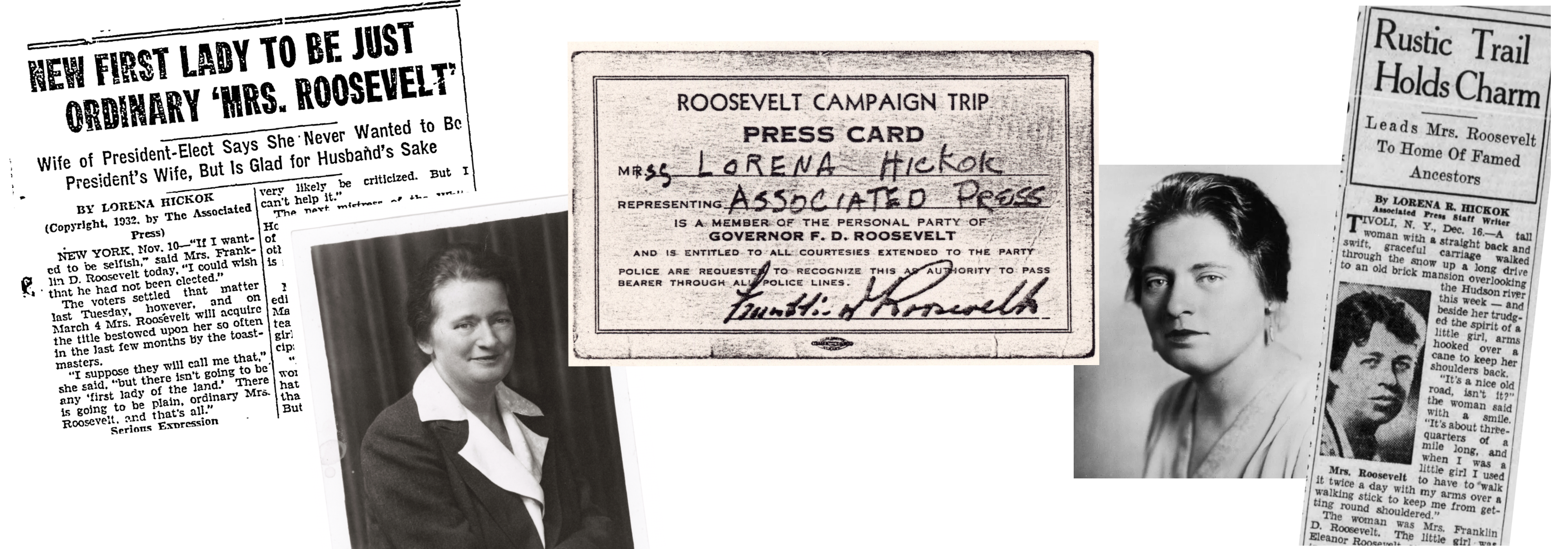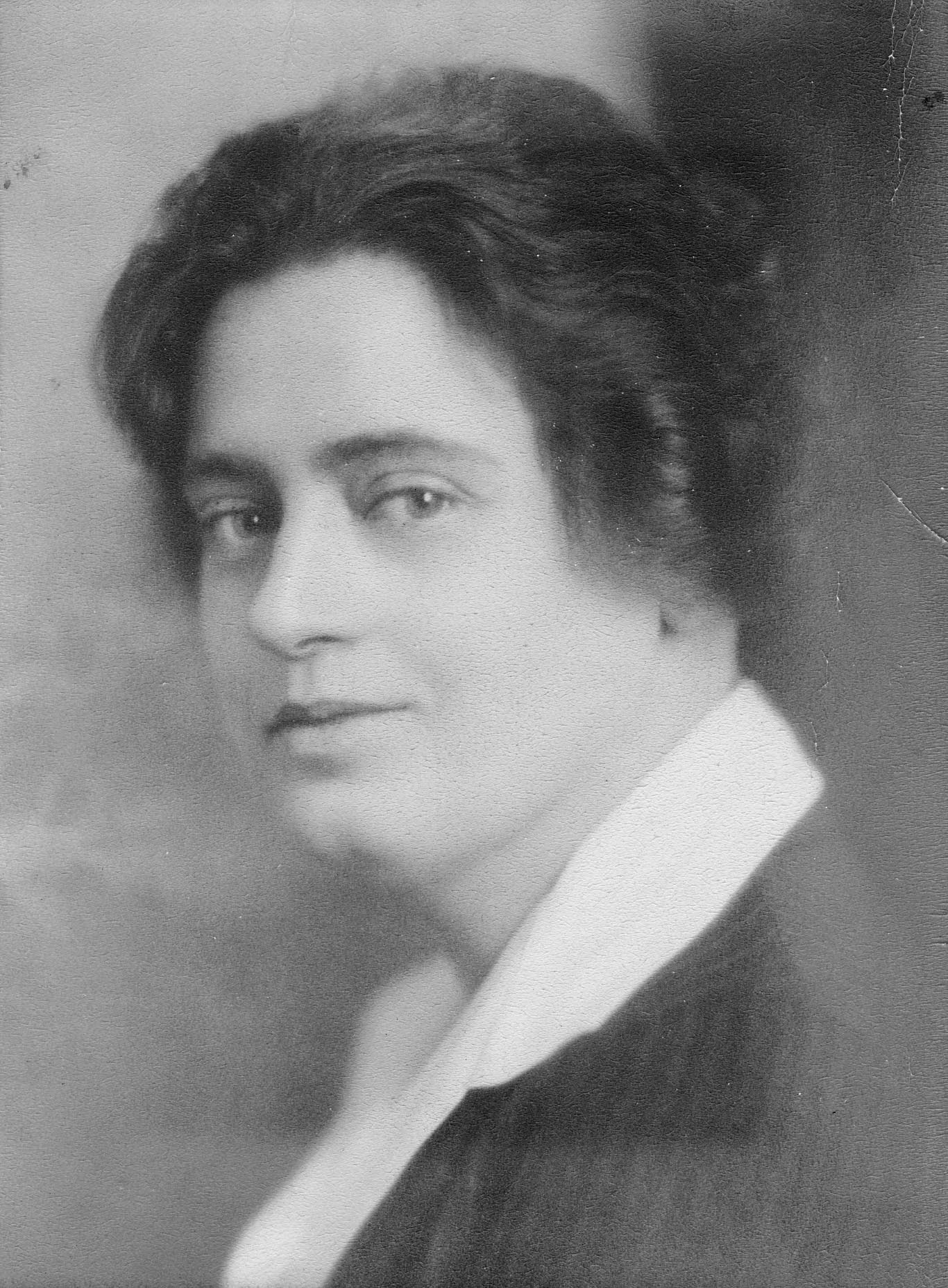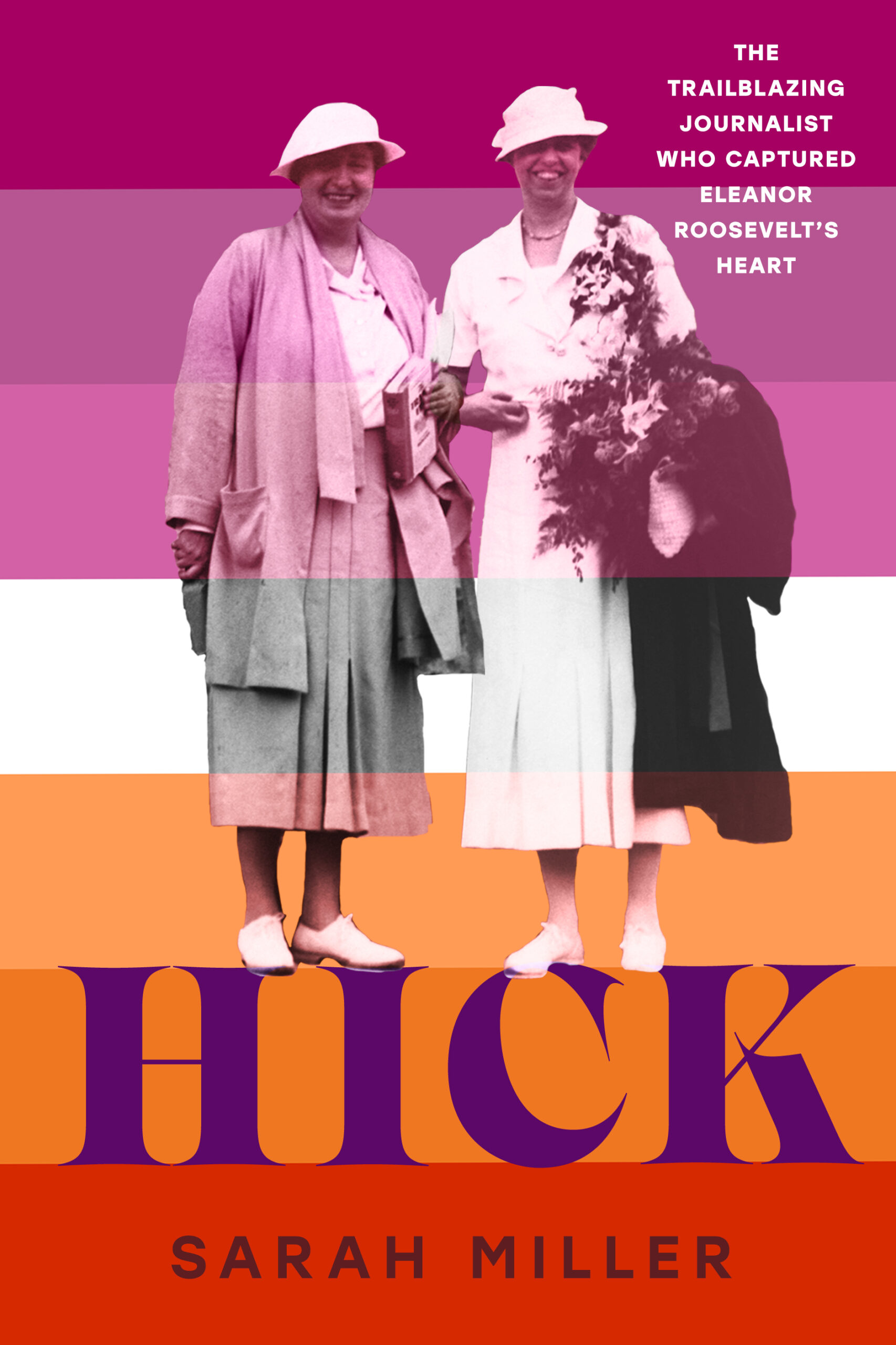
“I was just about the top gal reporter
in the country. I was good, I knew it.”
Lorena Hickok’s intimate correspondence with Eleanor Roosevelt startled the world when her papers were unsealed in 1978. But “Hick,” as she dubbed herself, deserves to be known for much more than that.
Hick came from nothing. On her own from age 14, she cooked and scrubbed for one family after another as she struggled to finish school. Slowly the self-conscious girl who secretly longed for affection discovered she had a talent with words.
That talent allowed Hick to carve out a place for herself in the male-dominated newsrooms of the 1910s and 1920s, earning bylines on everything from football to opera to politics. By 1932 she could proudly call herself one of the Associated Press’s top reporters.
Just as she was reaching the apex of her career, Hick got the one assignment she didn’t want: covering Eleanor Roosevelt during FDR’s presidential campaign. Before the votes were tallied, Hick was head over heels in love with the next first lady. Her life would never be the same.
Acclaimed author Sarah Miller delved into each of Lorena Hickok’s and Eleanor Roosevelt’s 3,500 letters to reconstruct their years of friendship, love, and deep devotion, all to bring Hick’s story to a new generation.
Associated Press reporter
Lorena Hickok — “Hick” — in the 1930s



